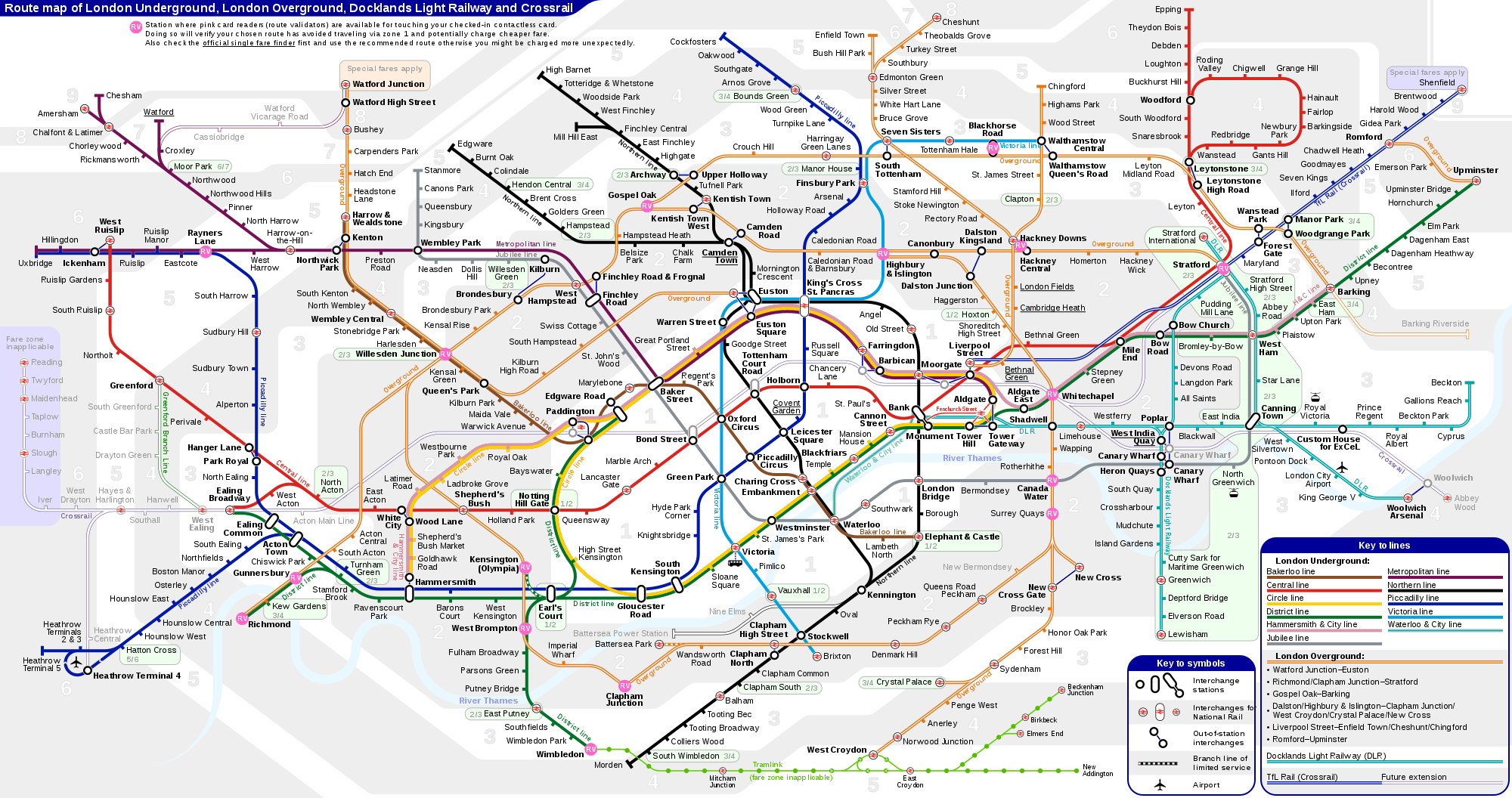A website’s navigation is the aggregate system of all the HTML links which are used to navigate between pages. Good navigation is essential to provide a good user experience to visitors and search engine optimisation. It can be organised into menus, breadcrumbs, pagination, links within page content and more.
Menu
A menu is a collection of links used to organise the navigation of a website. Most websites have at least one menu. The main menu contains links to the most important high level pages for your website. Secondary menus have more specialised purposes.
Your main menu should be responsive to screen size. On small screens, such as phones, the main menu is usually vertical. On large screens, it is usually arranged horizontally across the top of the page, though sometimes the menu is vertical on a large screen too.
One type of menu is the drop-down menu. Here, the user hovers over a primary menu item and a sub menu appears related to the top-level item. Some websites use mega drop downs to show large areas of information in a menu – they are typically used in eCommerce websites. Drop down menus should be used with care as they are not friendly on touch screen devices.
This Hongkiat blog article is a good resource about menus.
Breadcrumbs
Breadcrumbs show visitors of your site where they are in a website’s page hierarchy and allow them to navigate to pages in that hierarchy. The term comes from the story of Hansel and Gretel where Hansel left a trail of breadcrumbs to help the children find their way home. They are especially handy for complicated informational websites and blogs with lots of content. The breadcrumbs for this web page are Home->Web Lexicon->Navigation positioned just below the page title.

We usually implement breadcrumbs with the breadcrumbs functionality of the Yoast SEO plugin.
Read more about breadcrumb navigation at Smashing Magazine and the Wikipedia breadcrumbs article.
Pagination
Pagination is used to divide documents into two or more discrete web pages. It is typically used to divide search results so a subset of results are shown on each page. This ensures that a web page loads in a reasonable time as the server won’t be required to load an excessive amount of results. It also ensures the user has a manageable web page which doesn’t take an eternity to scroll through.
Pagination is also used to divide a long article into separate pages. This technique is often used in concert with web advertising to increase the number of views by website visitors.
Read more about pagination at the Wikipedia pagination article.
Sitemap
A sitemap is a list of web pages of a website. Sitemaps are used by humans and search engine crawlers indexing your website. Sitemaps can be tailored to one or the other.
The most common type of sitemap is an XML sitemap. On websites built with WordPress we use the Yoast SEO plugin to generate XML sitemaps.
Read more about sitemaps at the Wikipedia site map article.
Read More
You can read more about website navigation at the following resources.



